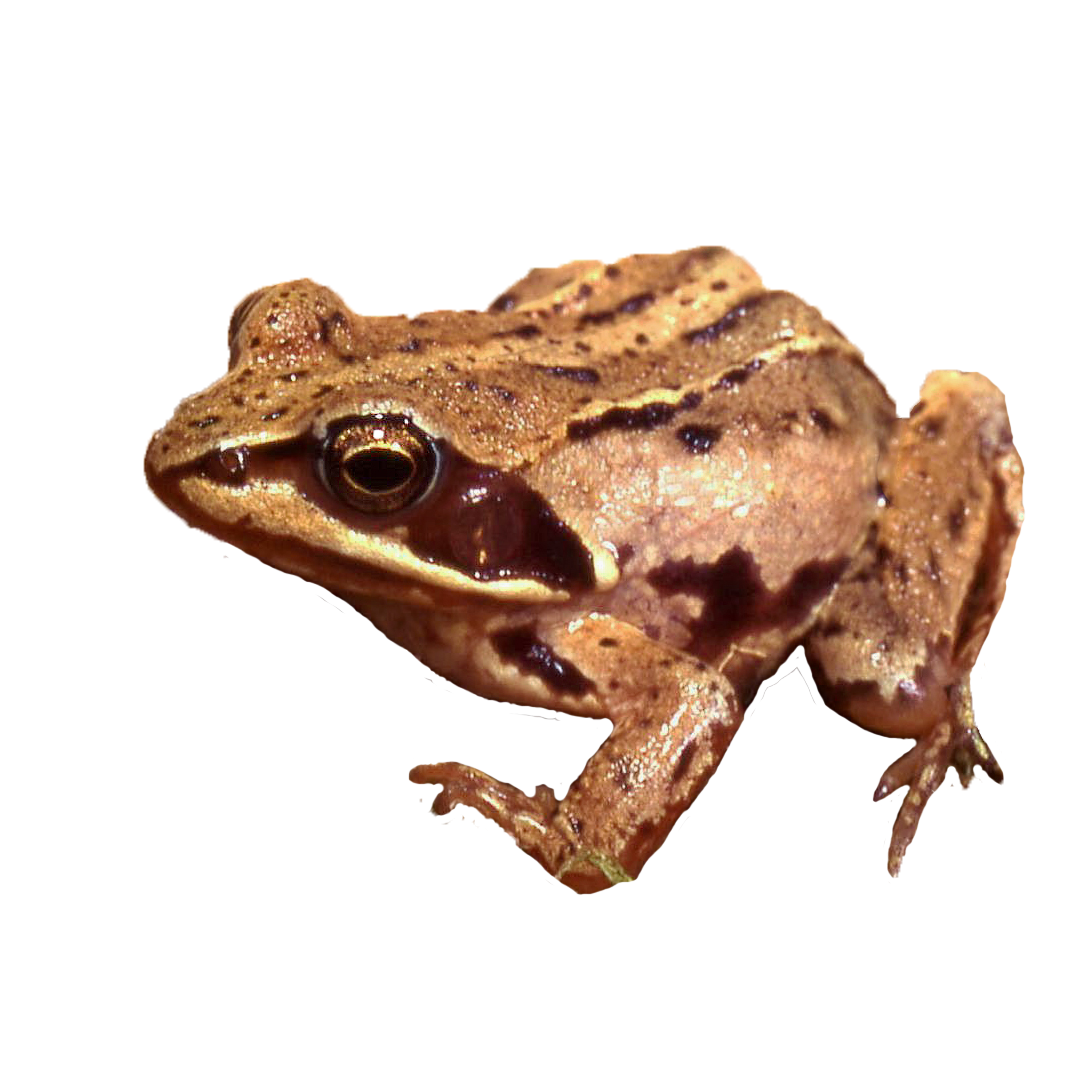

Rana arvalis eDNA qPCR Detection Kit
- Including 21% Tax: €277,09
- Excluding VAT: €229,-
- Free shipping in the Netherlands from €50,-*
- Ordered before 5 p.m. on working days? Shipped the same day!
- 14-day money back guarantee
- We are happy to think along!






The Rana arvalis (moor frog) eDNA detection kit is able to detect the amphibian species Rana arvalis in all waters worldwide and contains enough materials for 20 samples to be analysed in 8 fold (200 qPCR tests). The kit is based on the fast, sensitive, and proven primers/probe qPCR technique. The kit contains primers and a probe for detecting a highly specific sequence present on the mitochondrial DNA of the species Rana arvalis.
Species information
The moor frog (Rana arvalis) is a slim, reddish-brown, semiaquatic amphibian native to Europe and Asia. It is a member of the family Ranidae, or true frogs. The moor frog’s scientific name, Rana arvalis means "frog of the fields". This is a small frog, characterized by an unspotted belly, a large, dark ear spot, and — often, not always — a pale stripe down the center of the back. They are generally described as a reddish-brown, but can also be yellow, gray, or light olive. Their bellies are white or yellow and they have a "bandit-like" black stripe going from their nose to their ears. They vary from 5.5 to 6.0 cm long, but can reach up to 7.0 cm in length, and their heads are more tapered than those of the Common frog (Rana temporaria). The skin on their flanks and thighs is smooth, and the posterior part of their tongues is forked and free. They have horizontal pupils, their feet are partially webbed, and their back legs are shorter than those of other species of frogs. The males are different from the females because of the nuptial pads on their first fingers and their paired guttural vocal sacs. (source: wikipedia)
In English: Moor frog
In German: Moorfrosch.
In French: grenouille des champs or grenouille oxyrhine
In Dutch: Heikikker.
Primer design
The primers and probe are specially designed to be used with eDNA samples and have the following properties:
The kit is developed and optimized to be used on eDNA isolates purified using the eDNA isolation kit (#SYL002) from Sylphium molecular ecology.
Kit contents
The kit contains materials for an 8 fold analyses on 20 samples including all necessary controls.
There are no reviews written yet about this product..
Complete your order